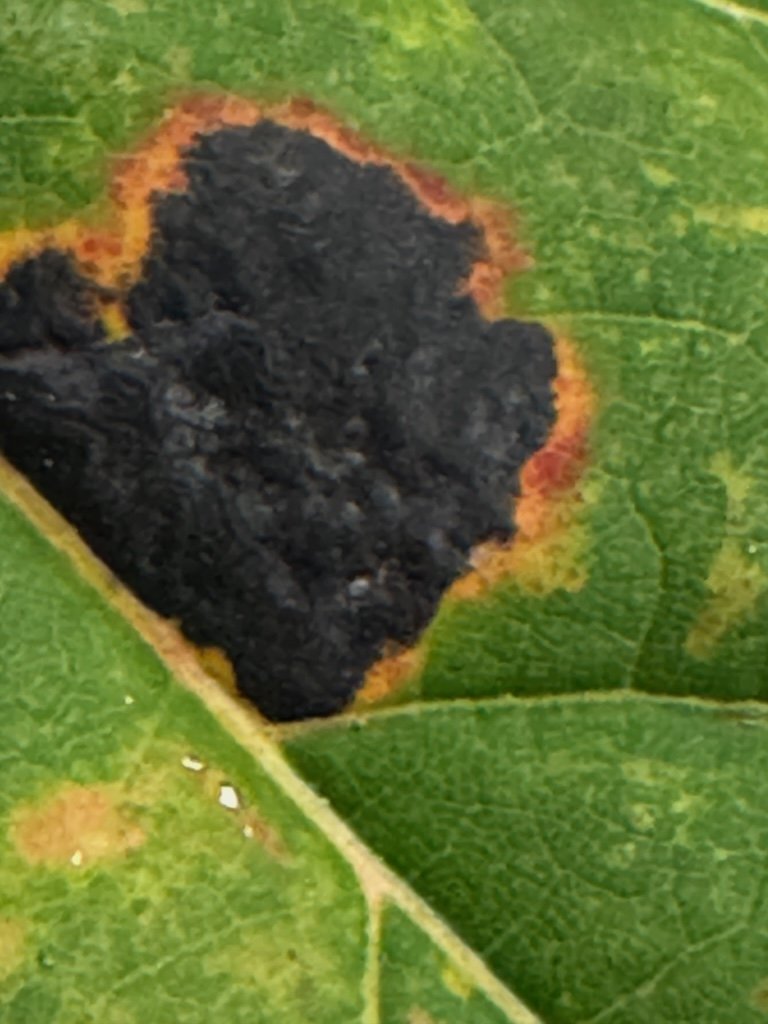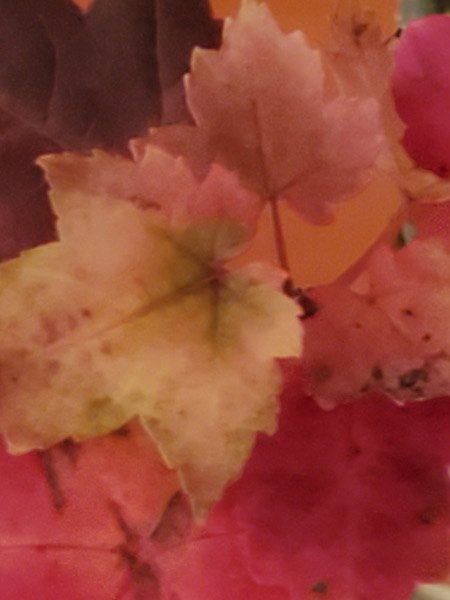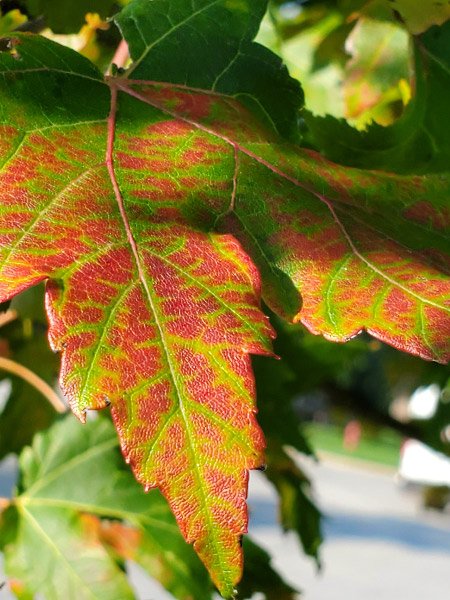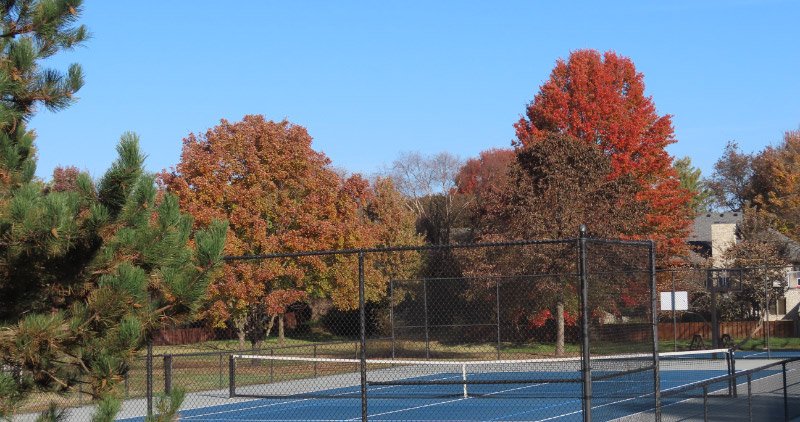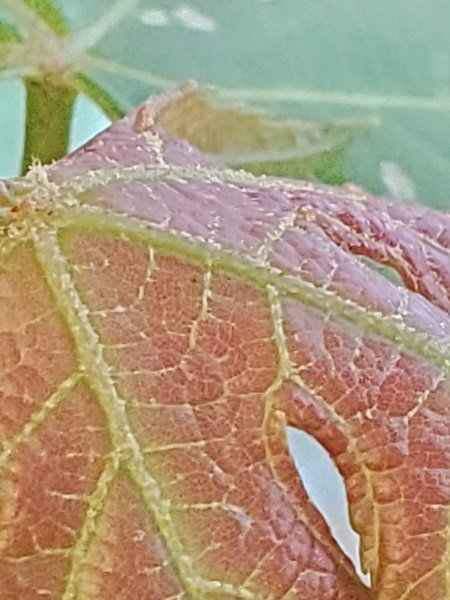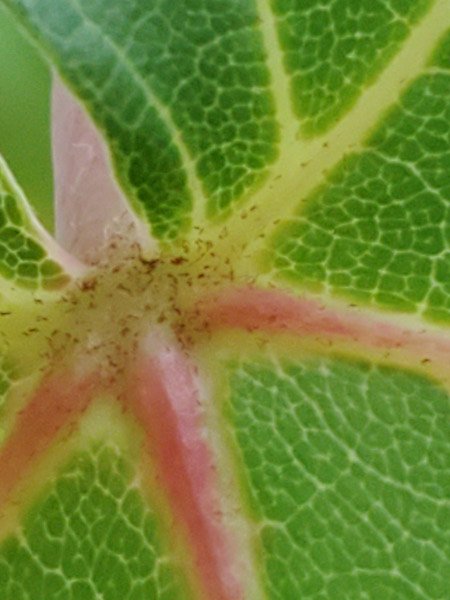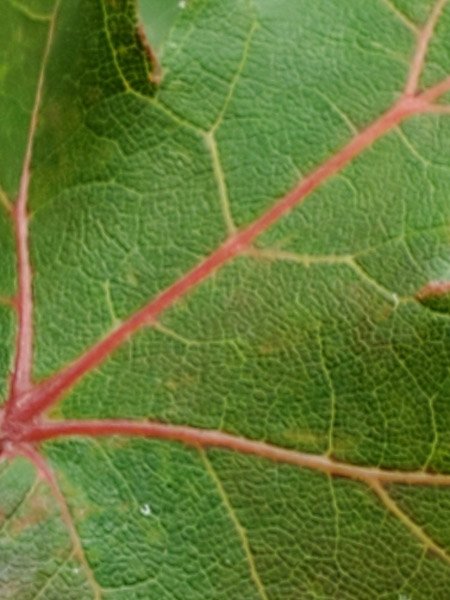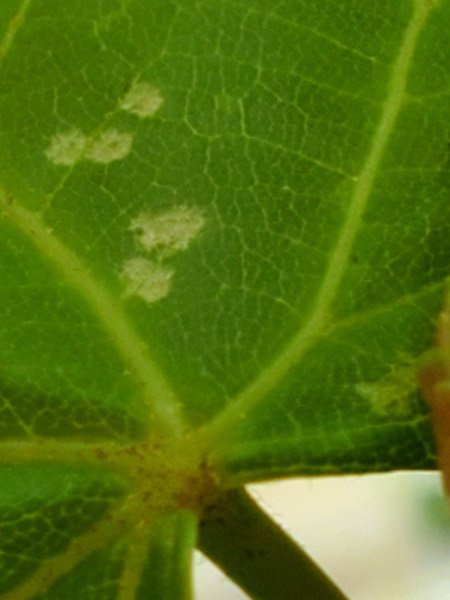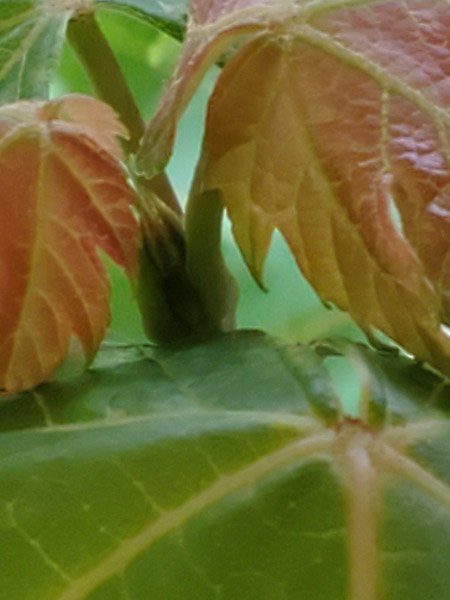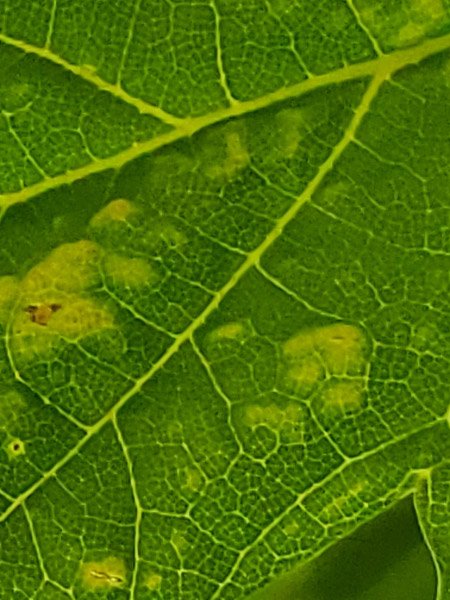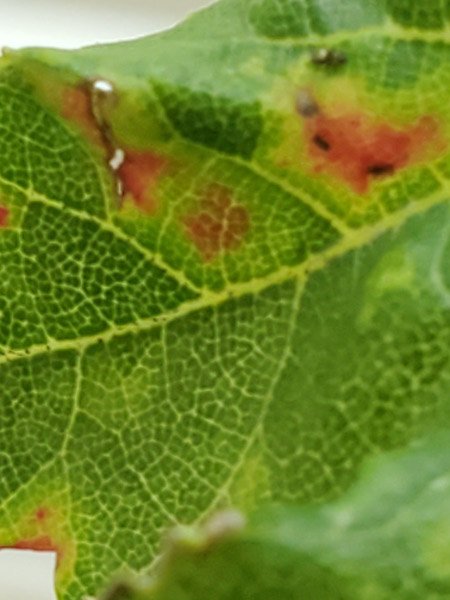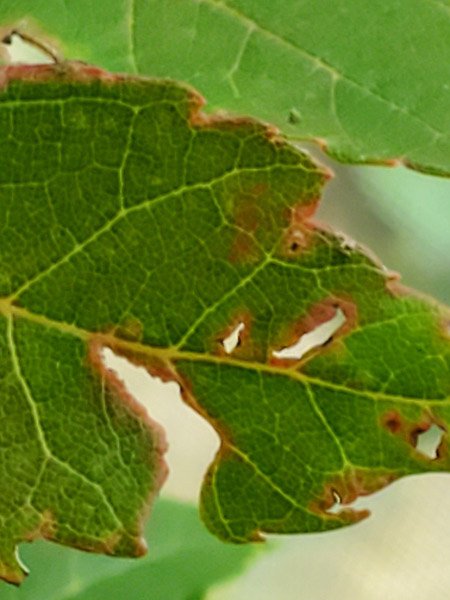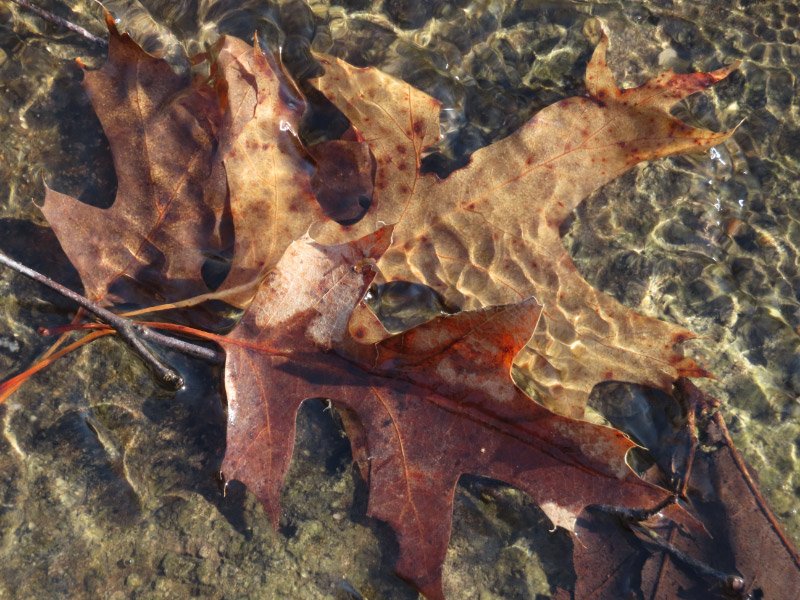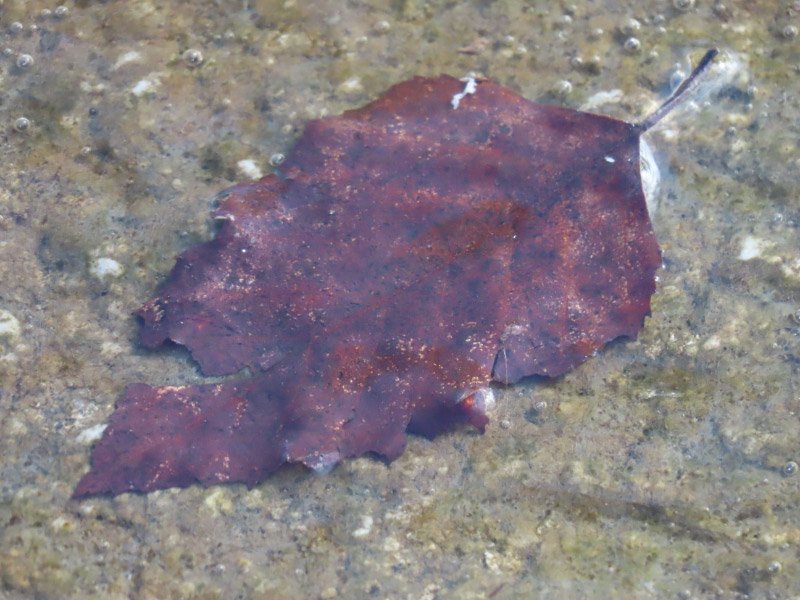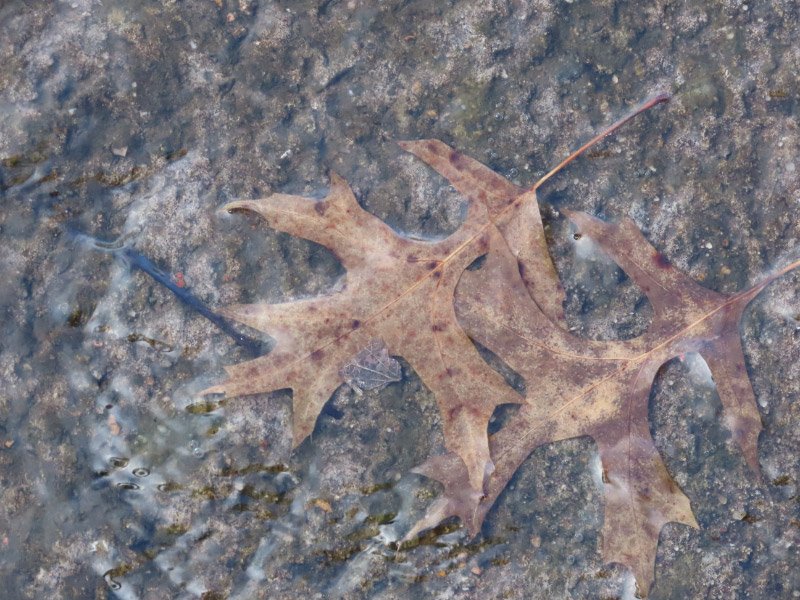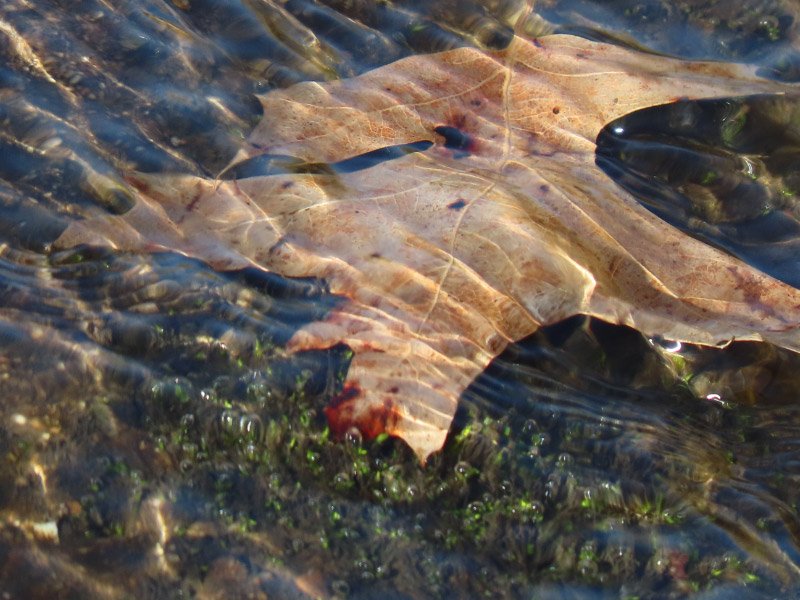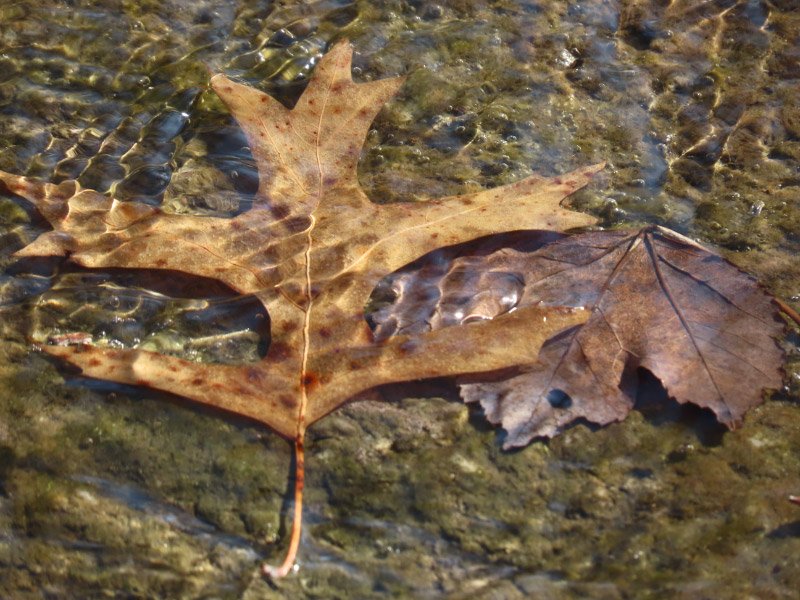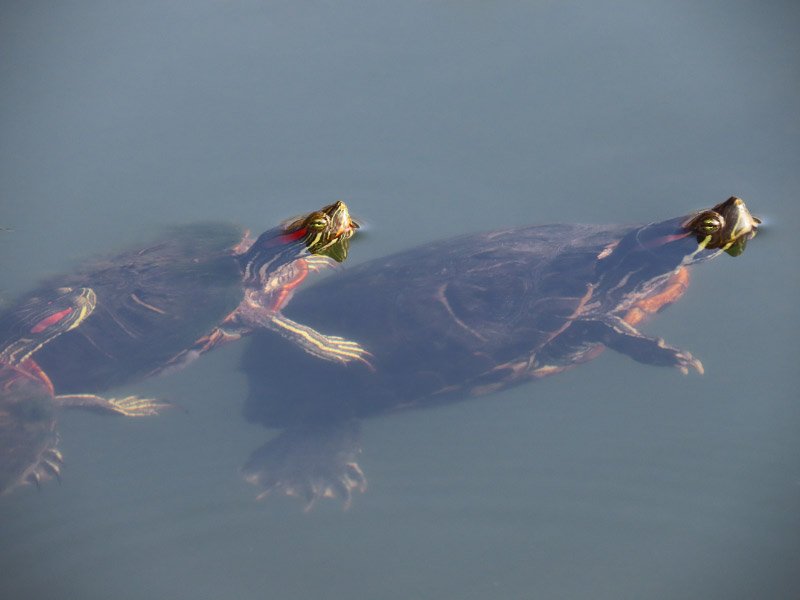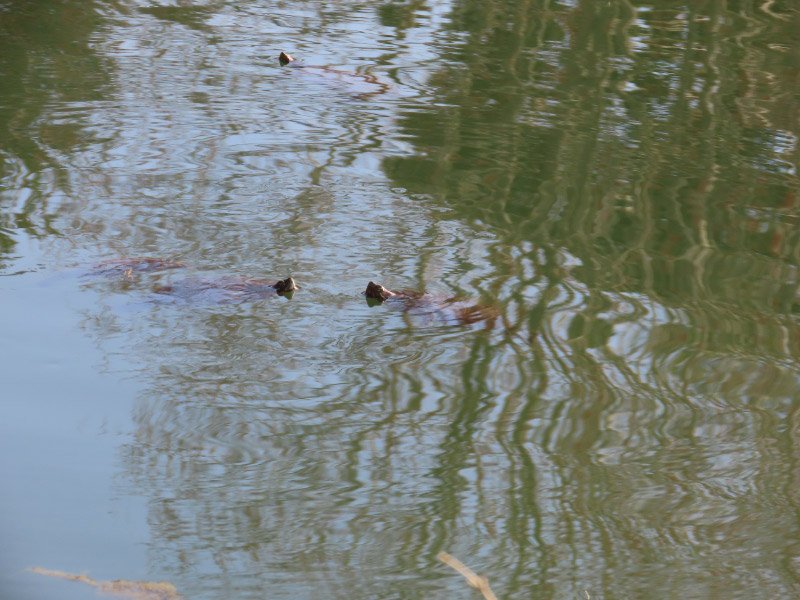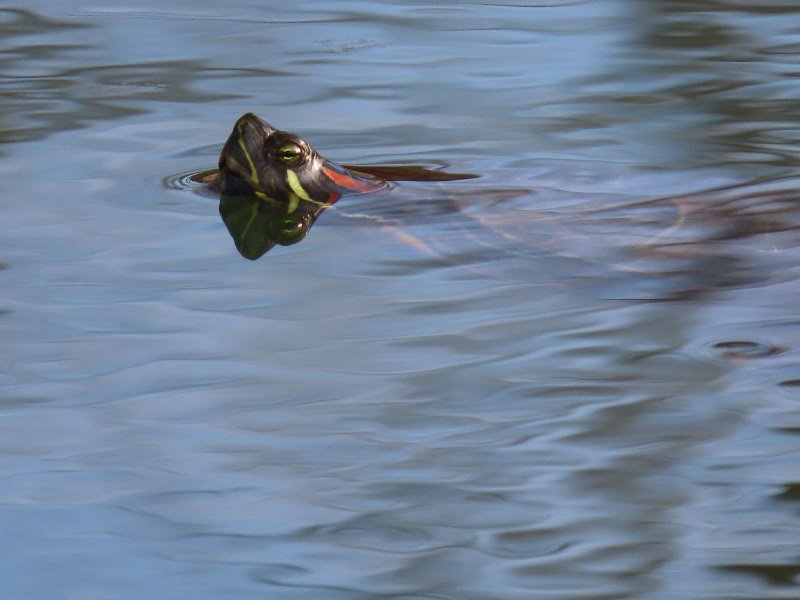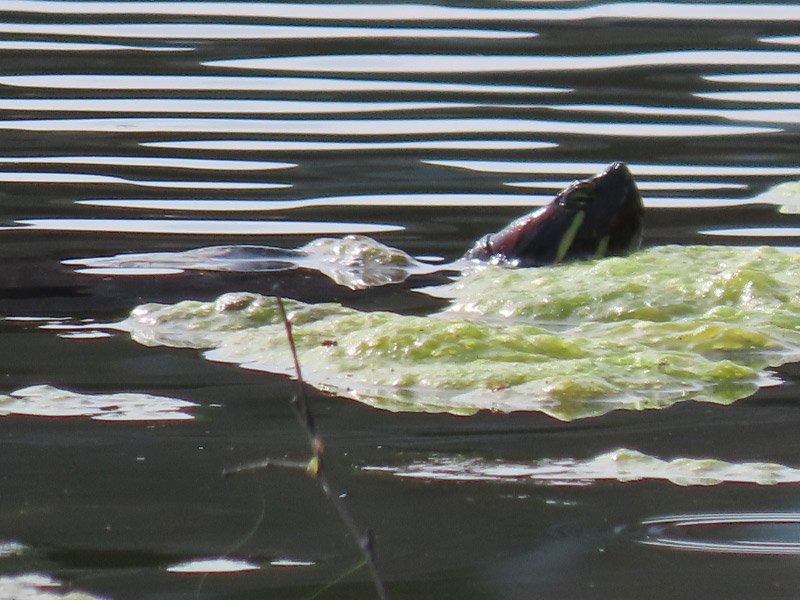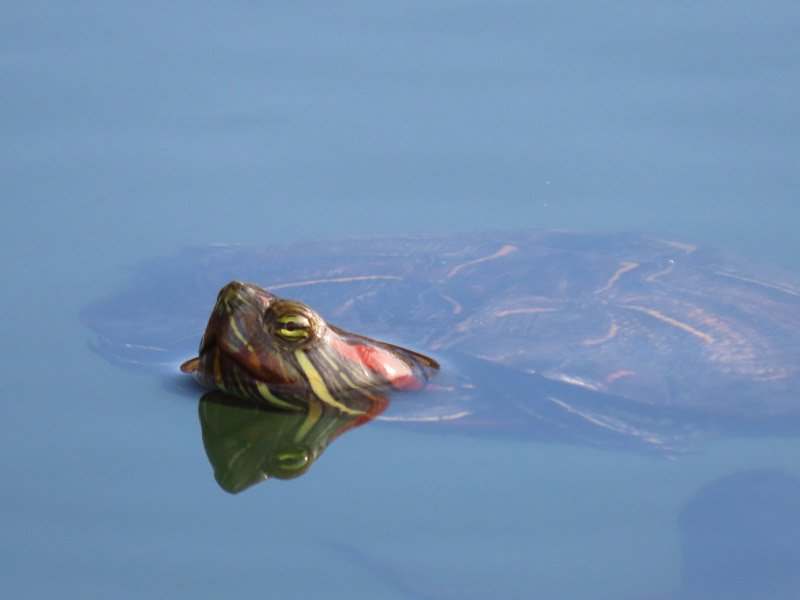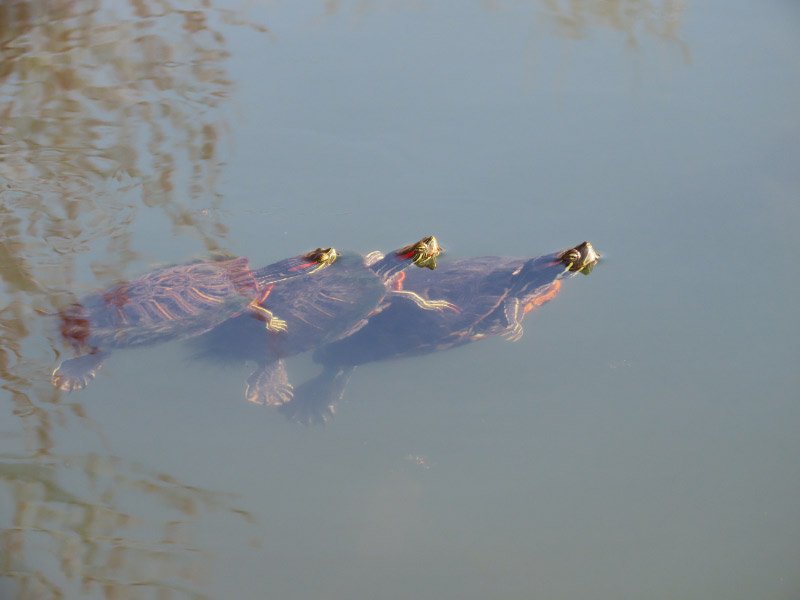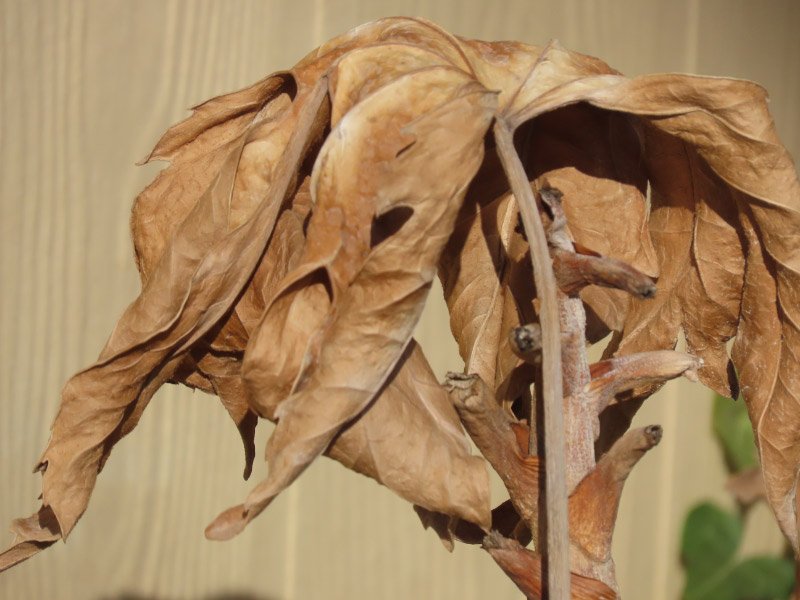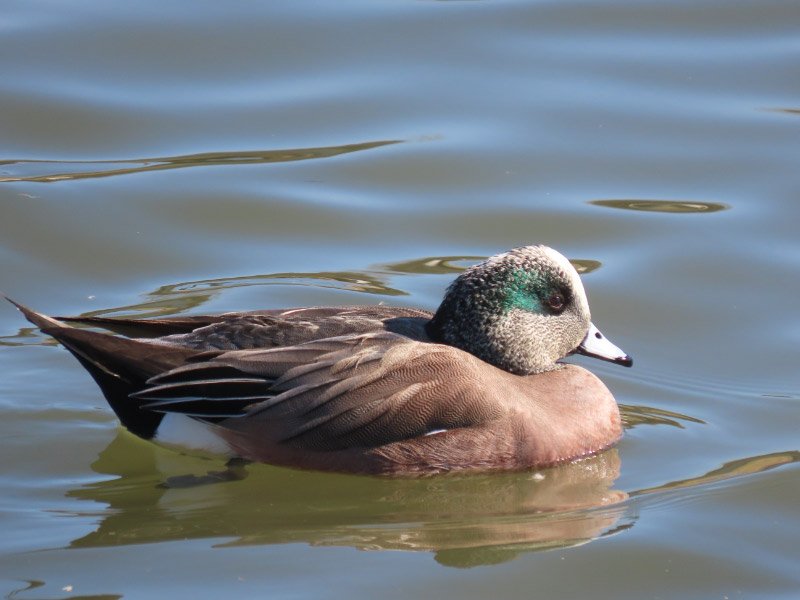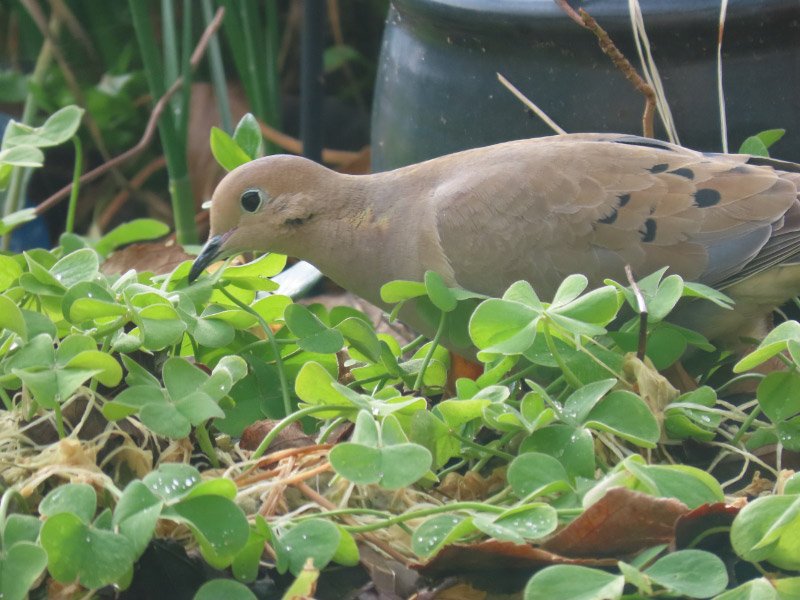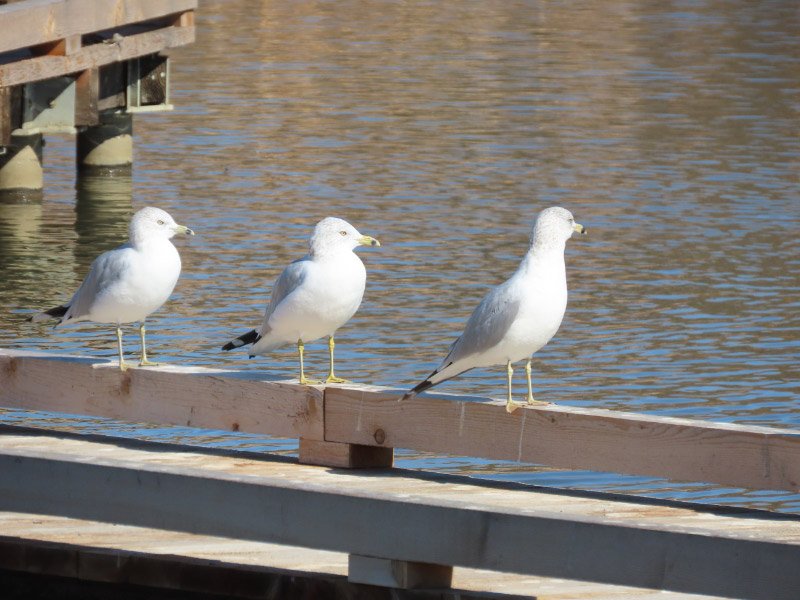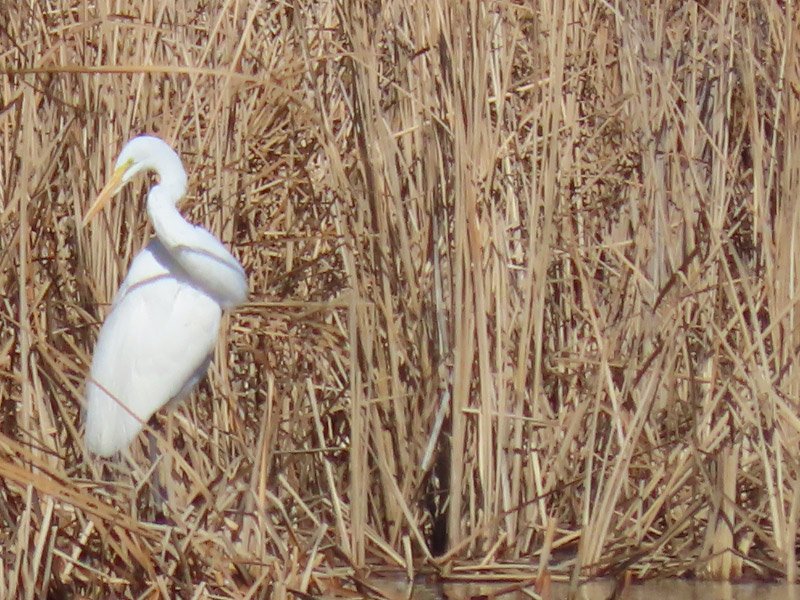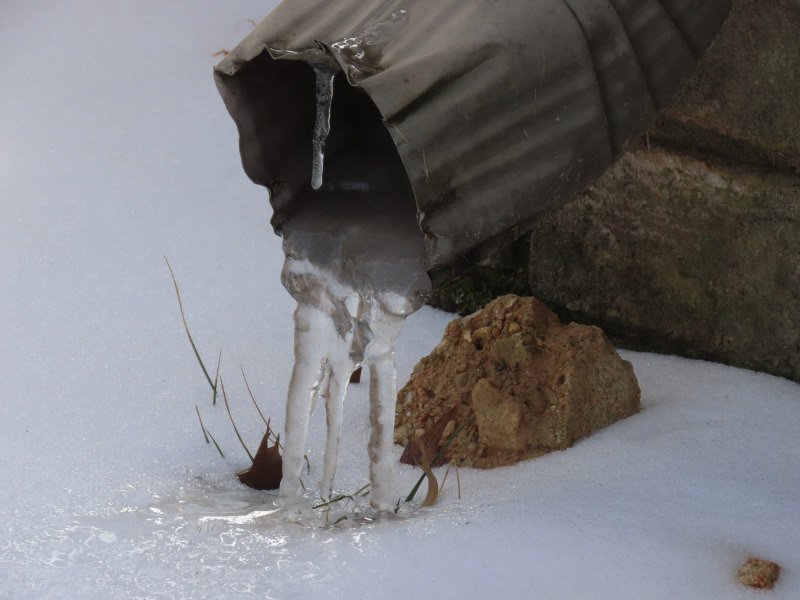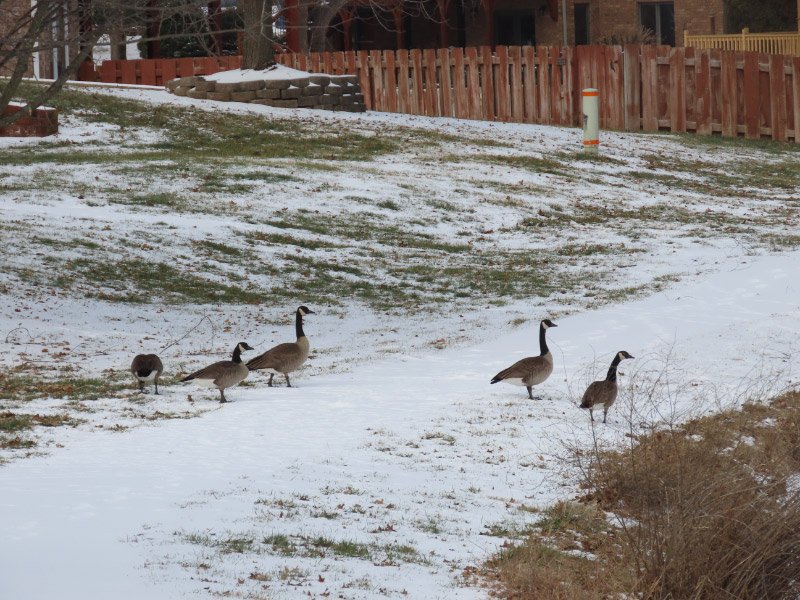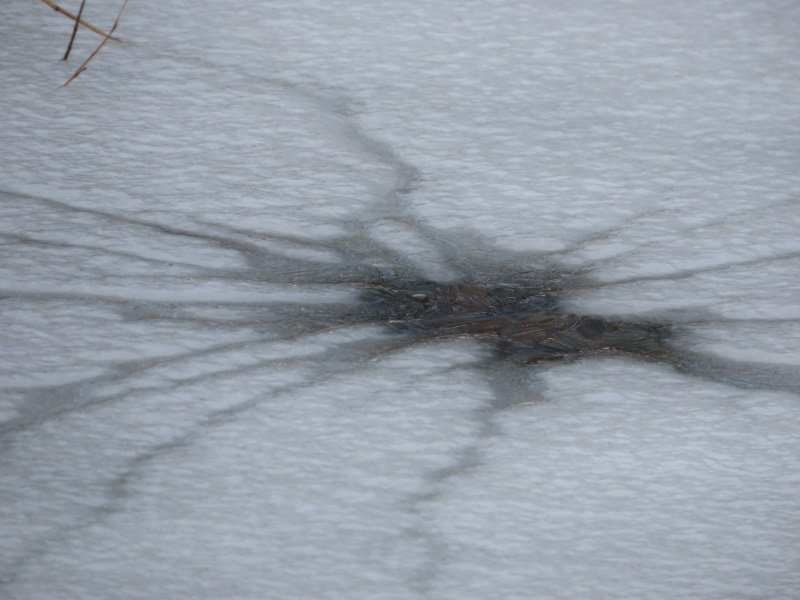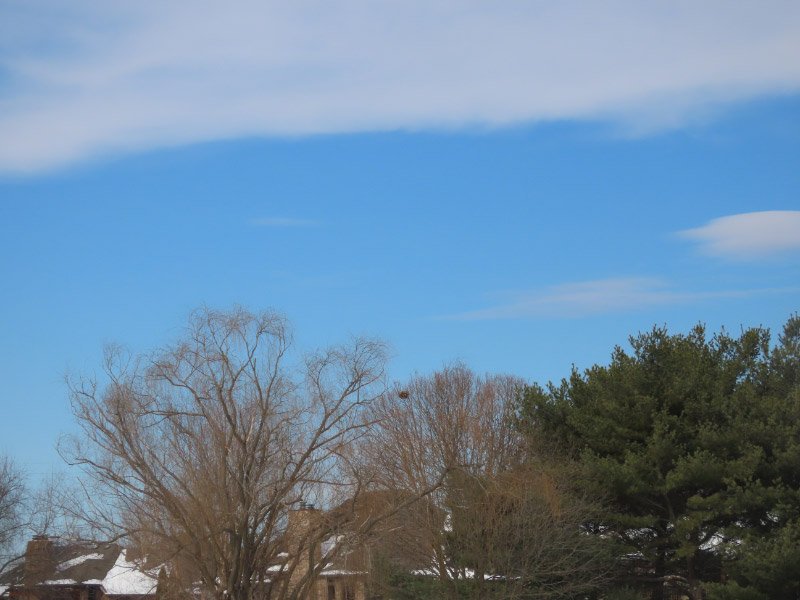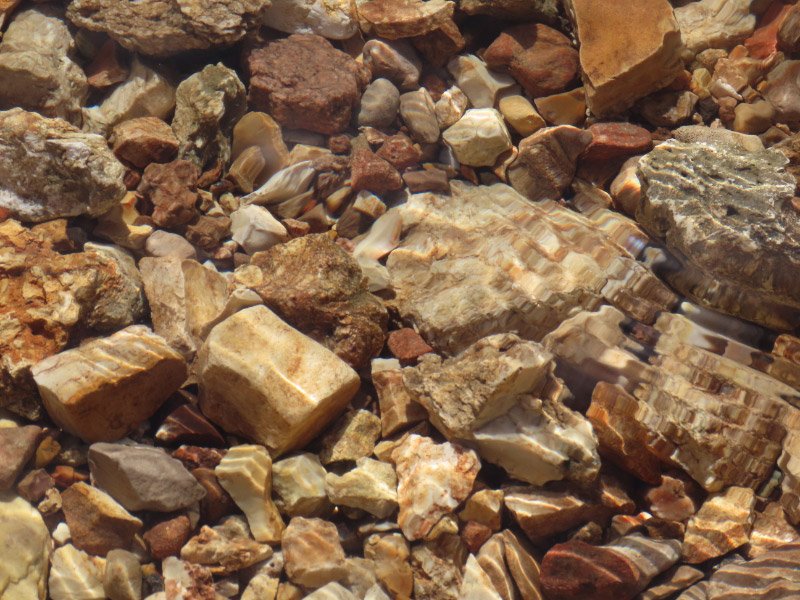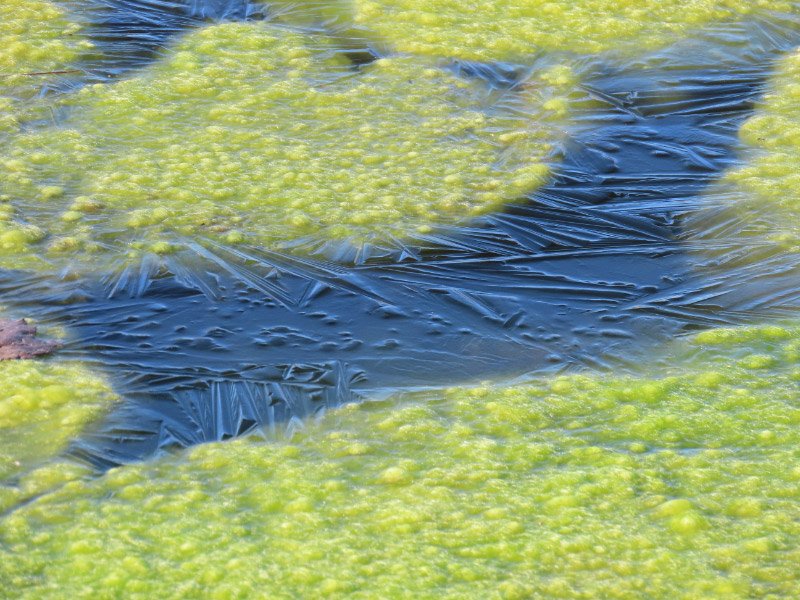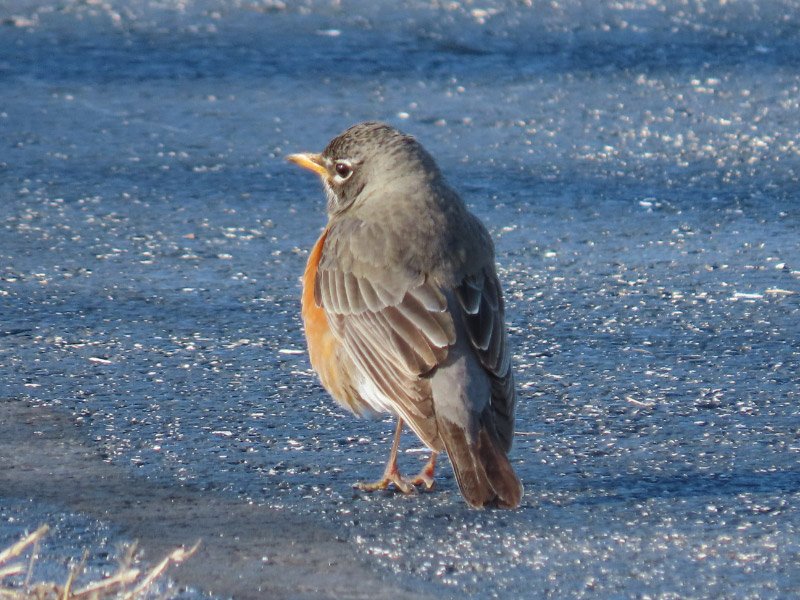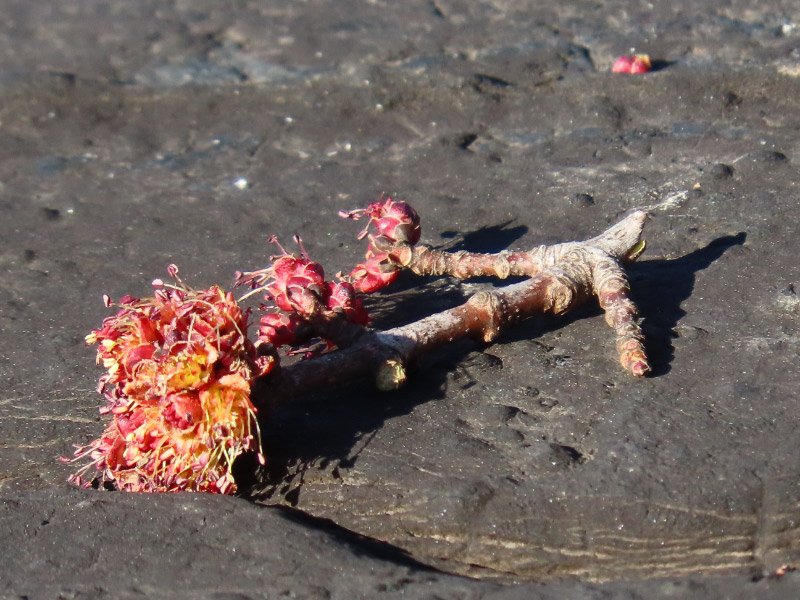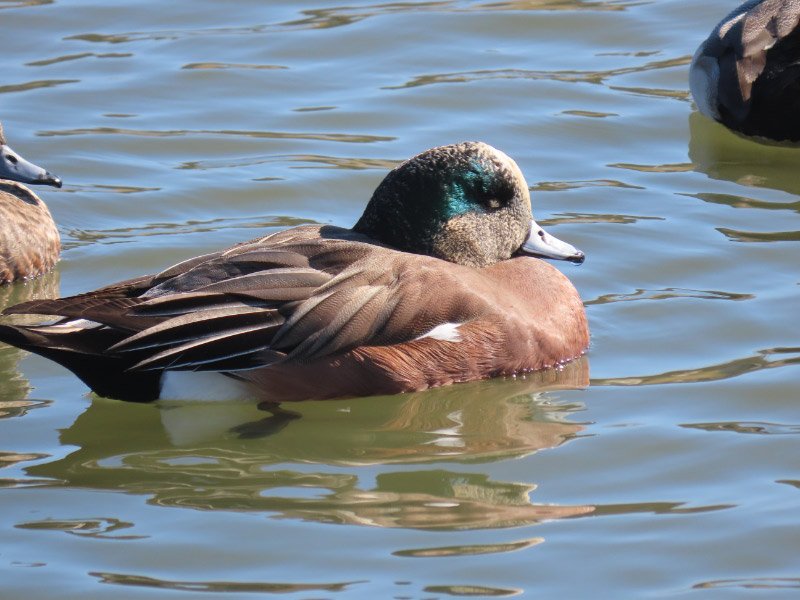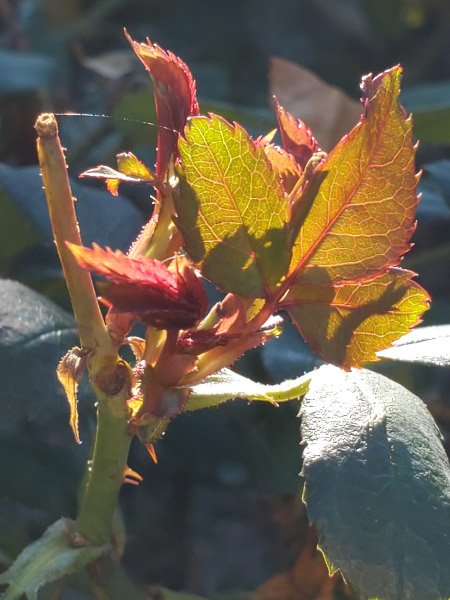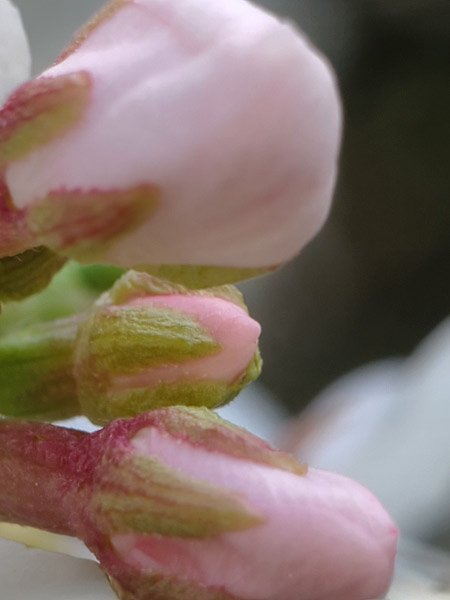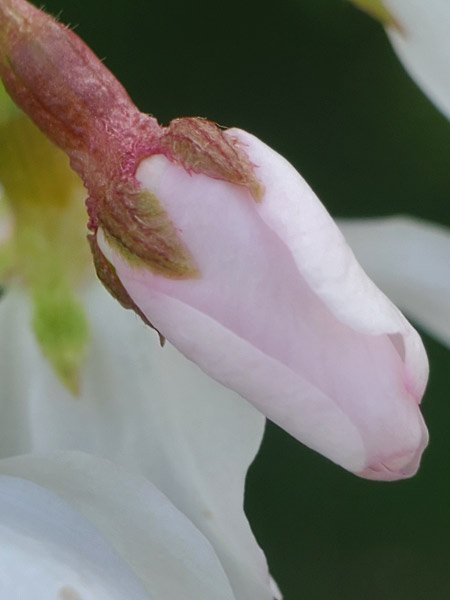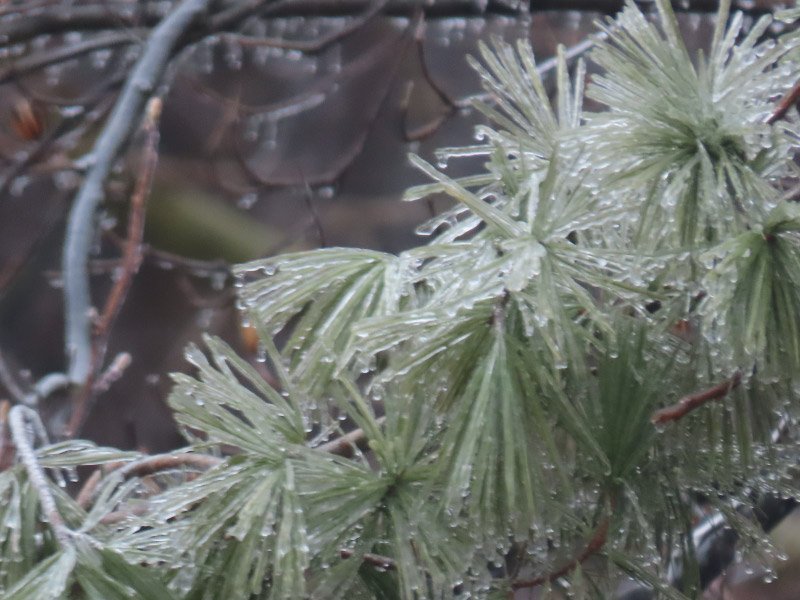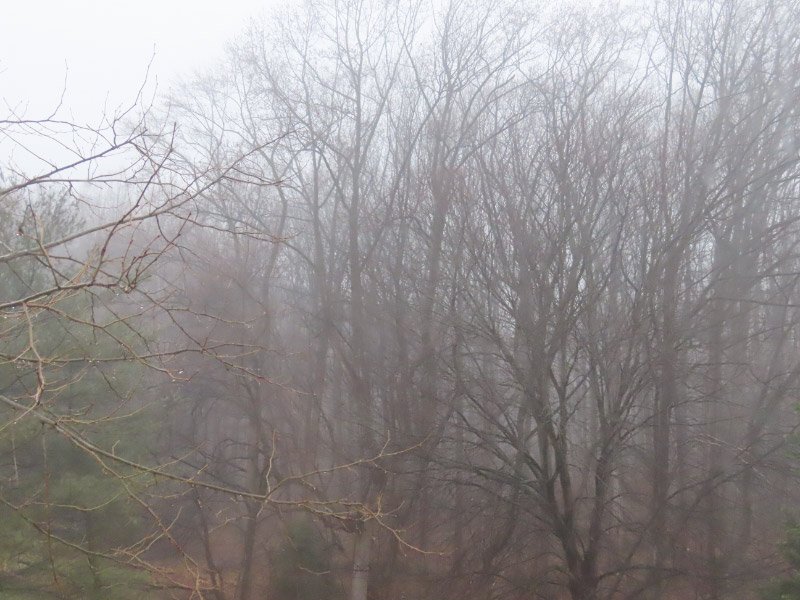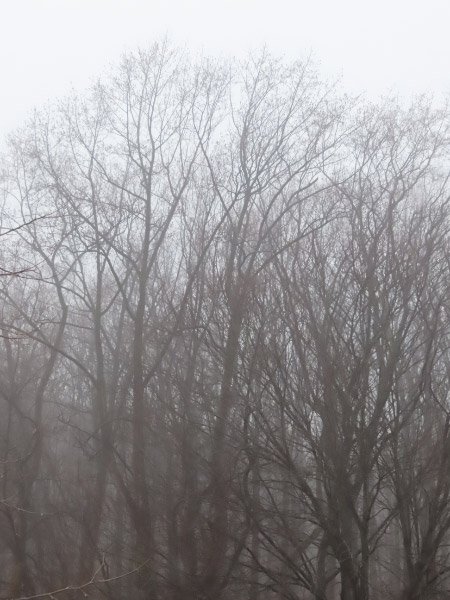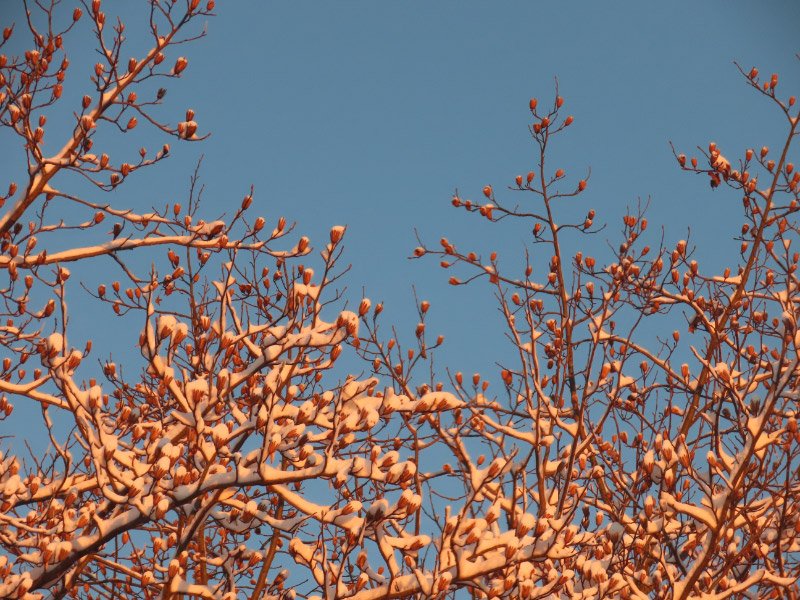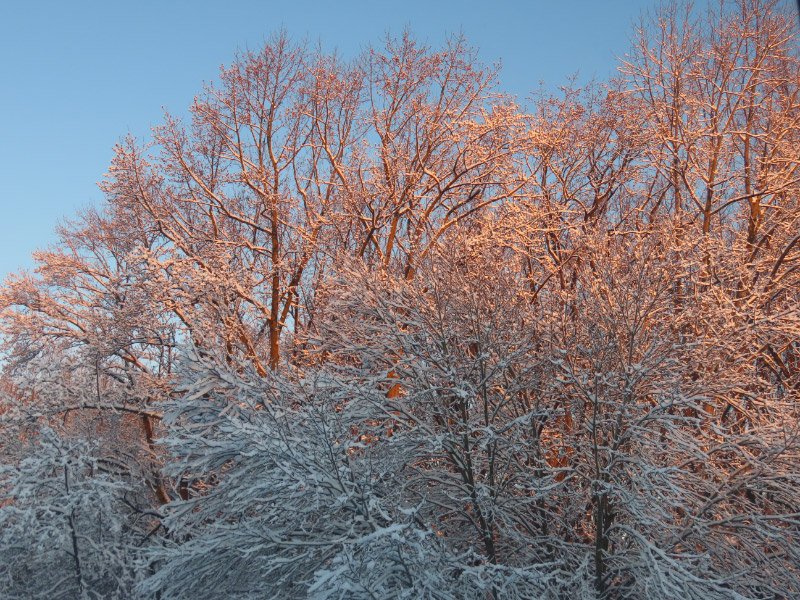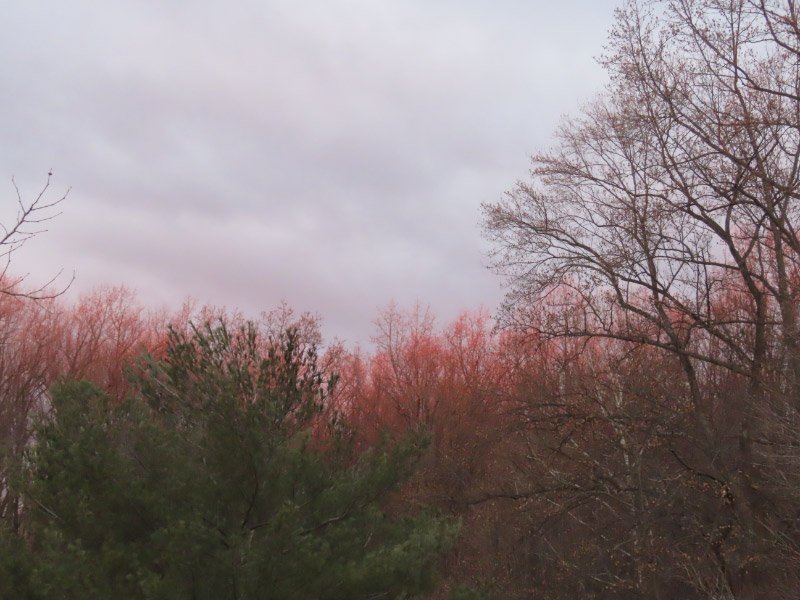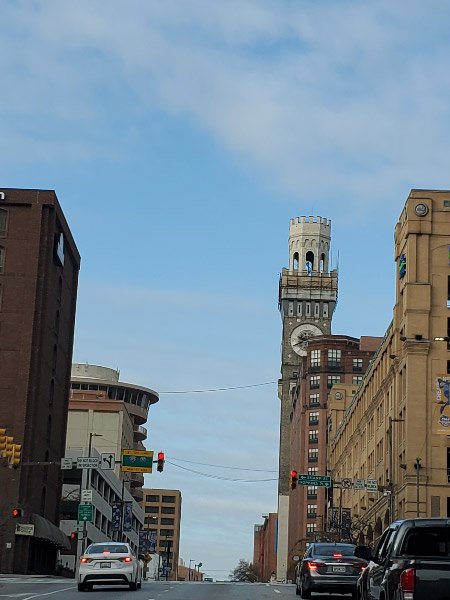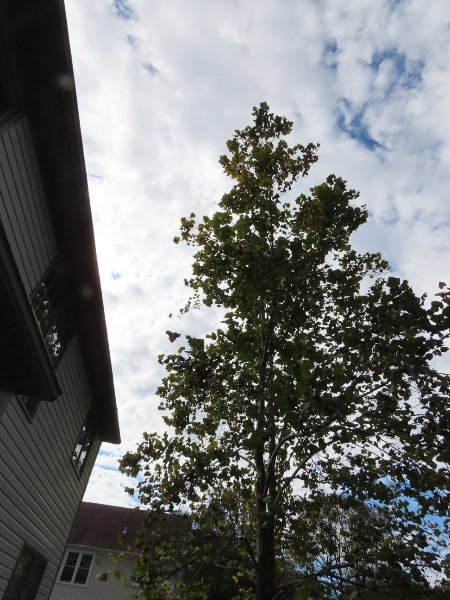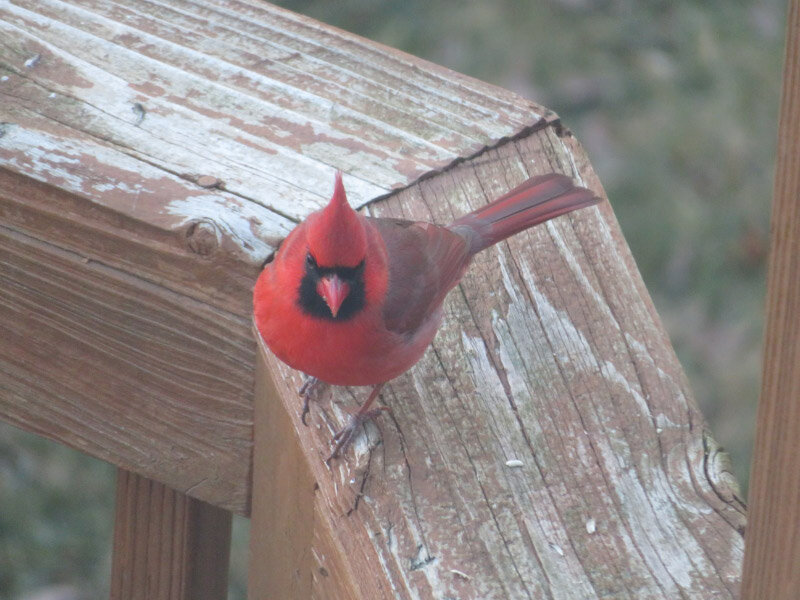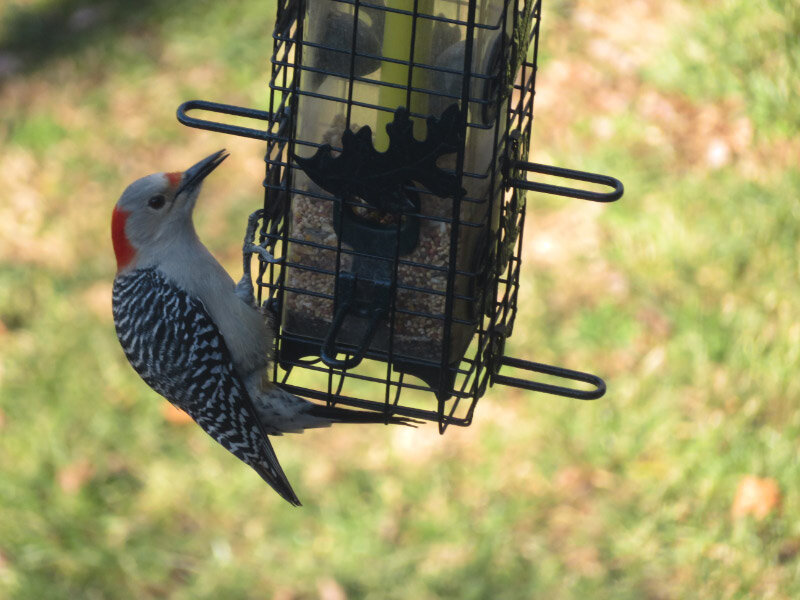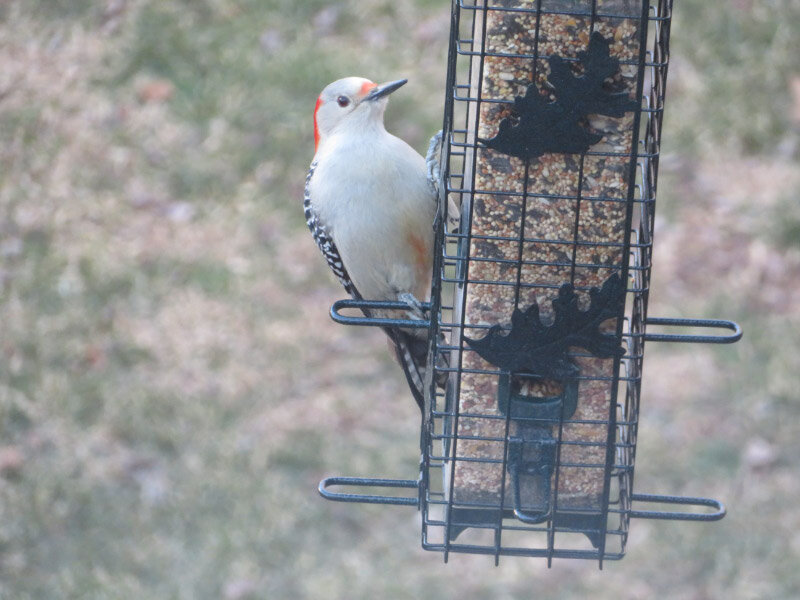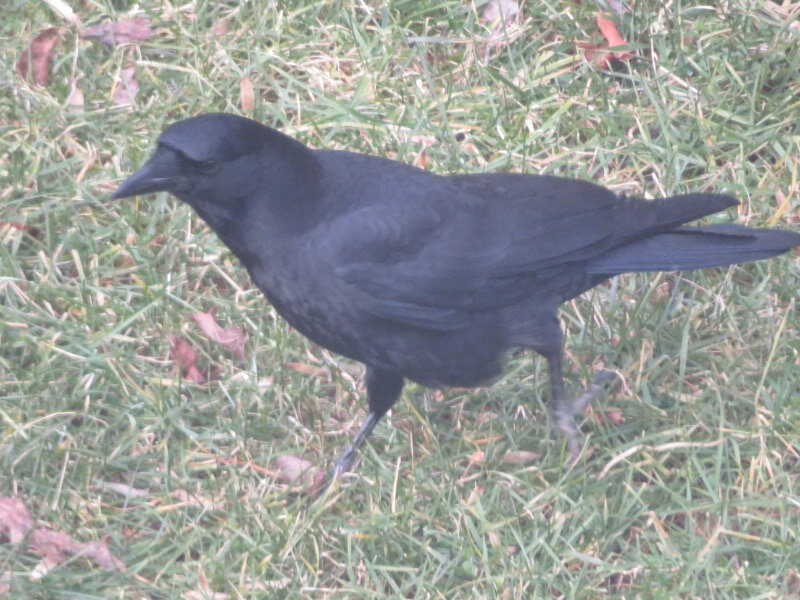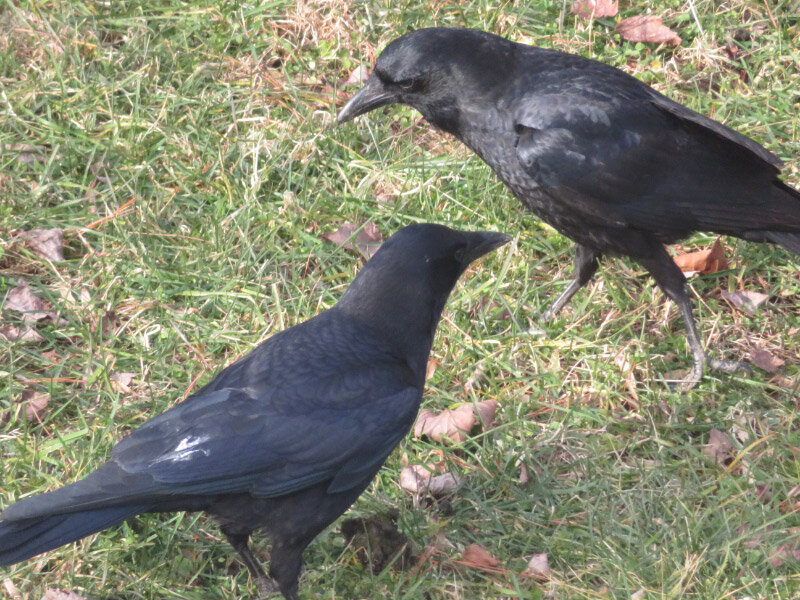Missouri Master Naturalist Training – Week 7
/The 7th week of Missouri Master Naturalist (MMN) training included one evening class and my first solo volunteer gig.
The class lectures were on
Forest Ecology and Management
Pondering the Pond as a Wildlife Habitat
Forest Ecology and Management was done by a Missouri Department of Conservation Educator; I would like to have the charts since he went through them very quickly! The last segment of the lecture was hands-on…passing out small branches from the tree to everyone and then using the dichotomous key in the back of the Fifty Common Trees of Missouri booklet to id it….a red maple. I photographed my branch’s buds, branches and leaf imperfections!
Pondering the Pond as a Wildlife Habitat was done by a person that has been a MMN for over a decade…and done a lot of videography at a pond in a hayfield (i.e. not used by cattle…with adequate vegetation around its edge). Her Youtube Channel – Nature in Motion is something I will be viewing over the next month! She showed over 100 species in 17 minutes of her talk…fast paced…prompted me to think later about the richness in the intersection of science and art.
The volunteer experience was an after-school event at a local school for gifted students…15-20 minutes sessions with two groups of about 12 students each…on two days. My theme was getting outdoors in the fall and looking at some things that could be found.
My table was set up with items to look at: pinecones (3 different kinds), acorns (3 different kinds), Osage orange fruit, black walnuts (in a bag complete with emerging caterpillars), goldenrod (in flower and seeds), magnolia pod, maple branches, and a holly branch.
It also included a hands-on experience with pressed leaves/small branches. Each student made observations about their leaf (color on both sides, holes, insect eggs, shape)…and then compared it to other leaves at their table. The leaves were mostly oak or maple although there were some that were unique (river birch, magnolia, oak leaf hydrangea, boxwood).
The time past very quickly!

